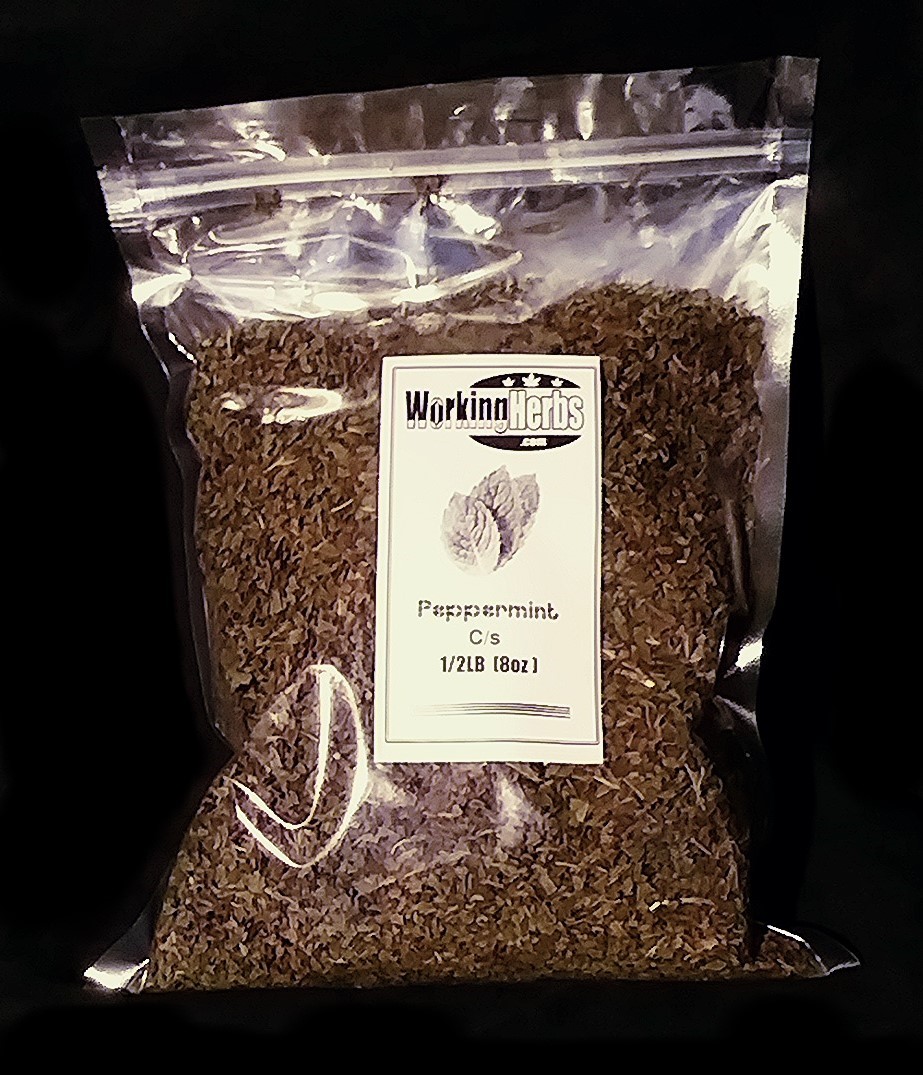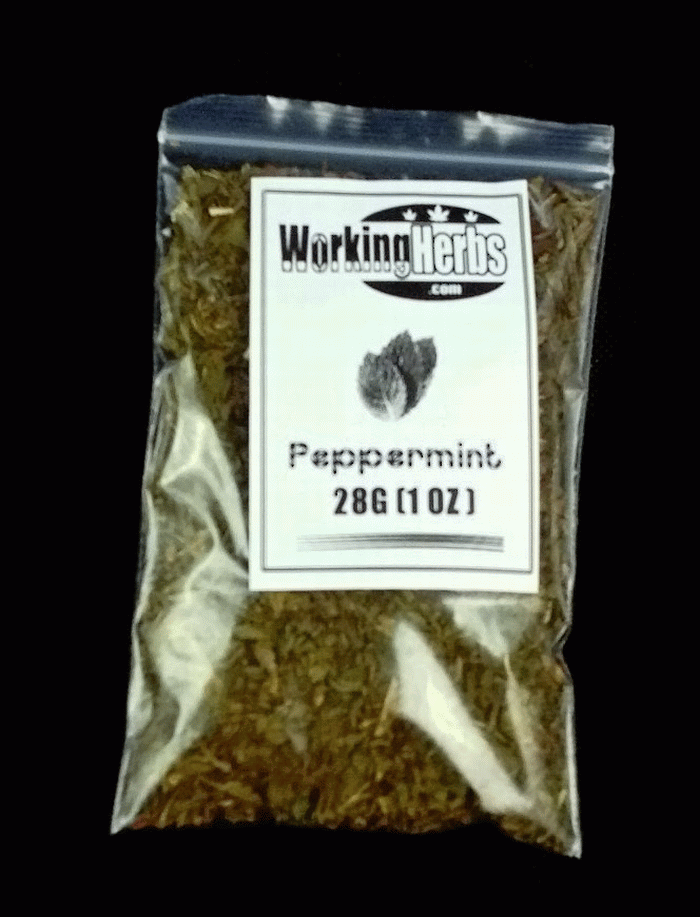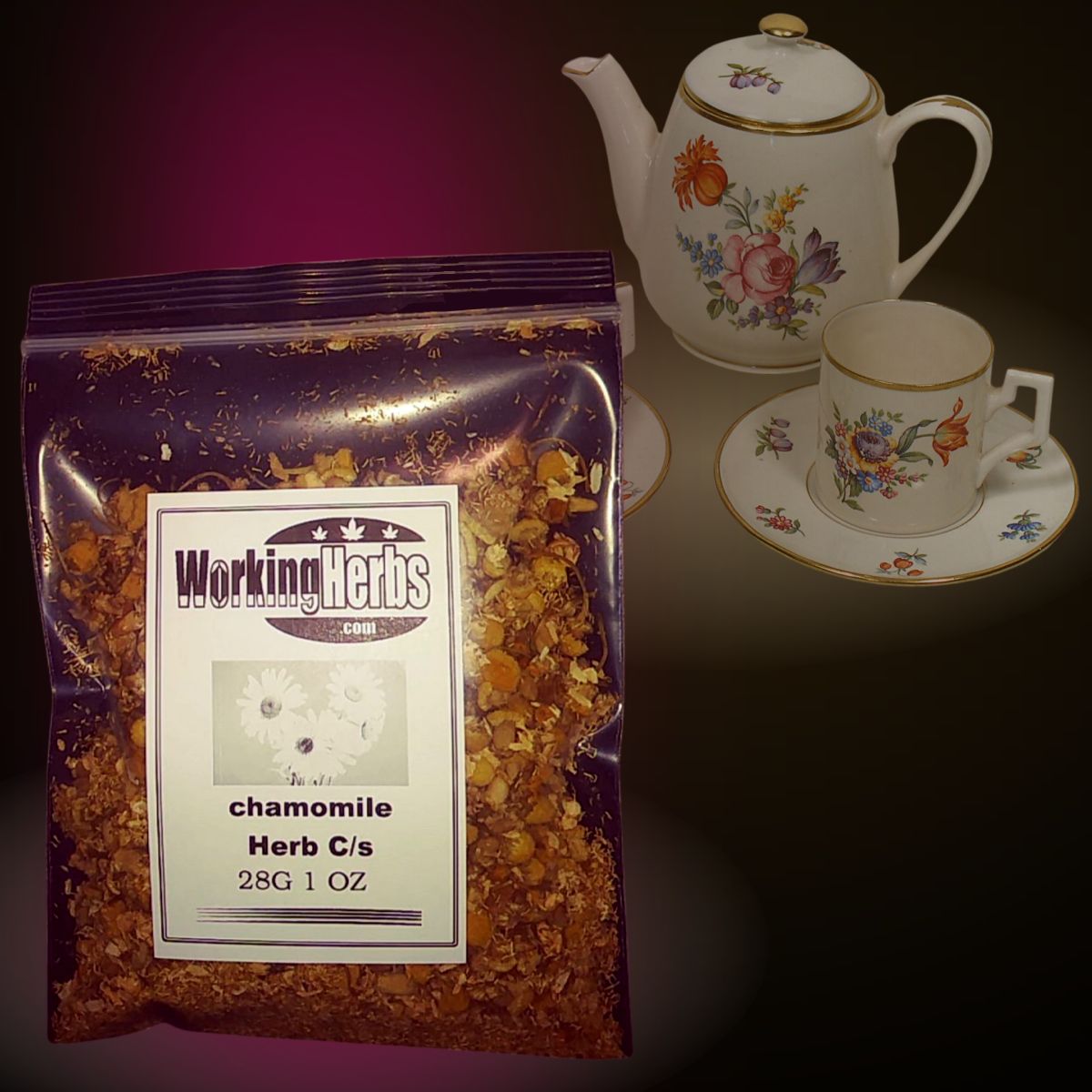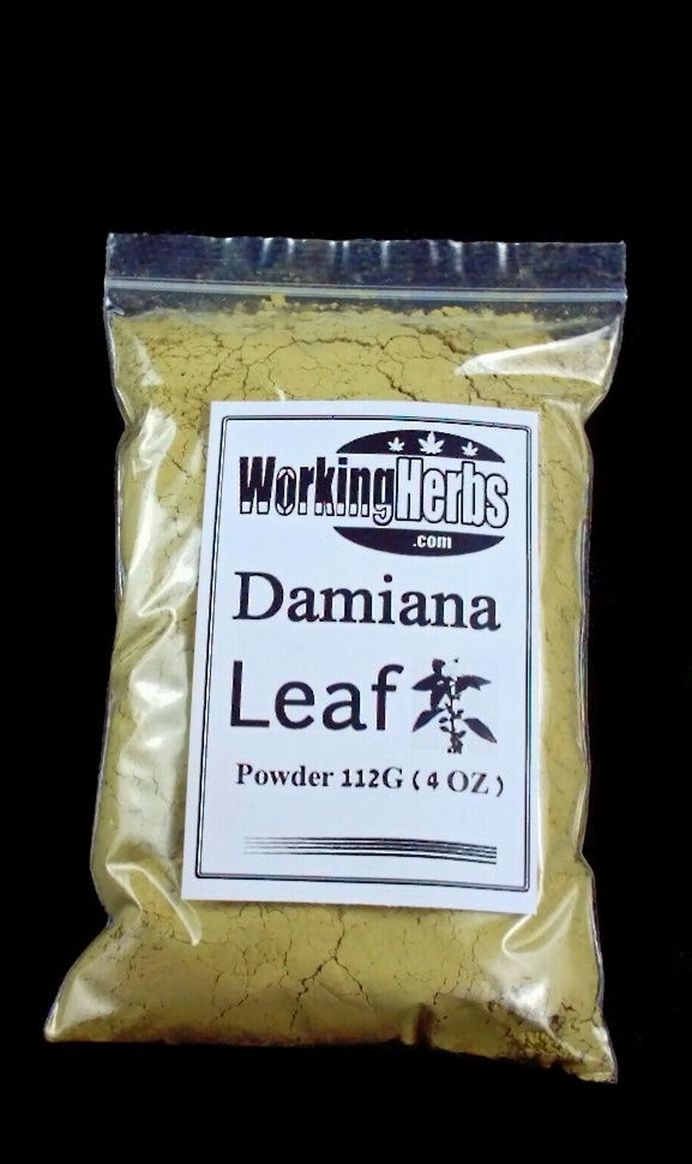White Willow Bark Salix Alba Cut n Sifted 1oz bagHerbs for pain
Price: $1.95 Out of stock
Weight: 1 oz
counts as (1) unit |
||
|
|
||
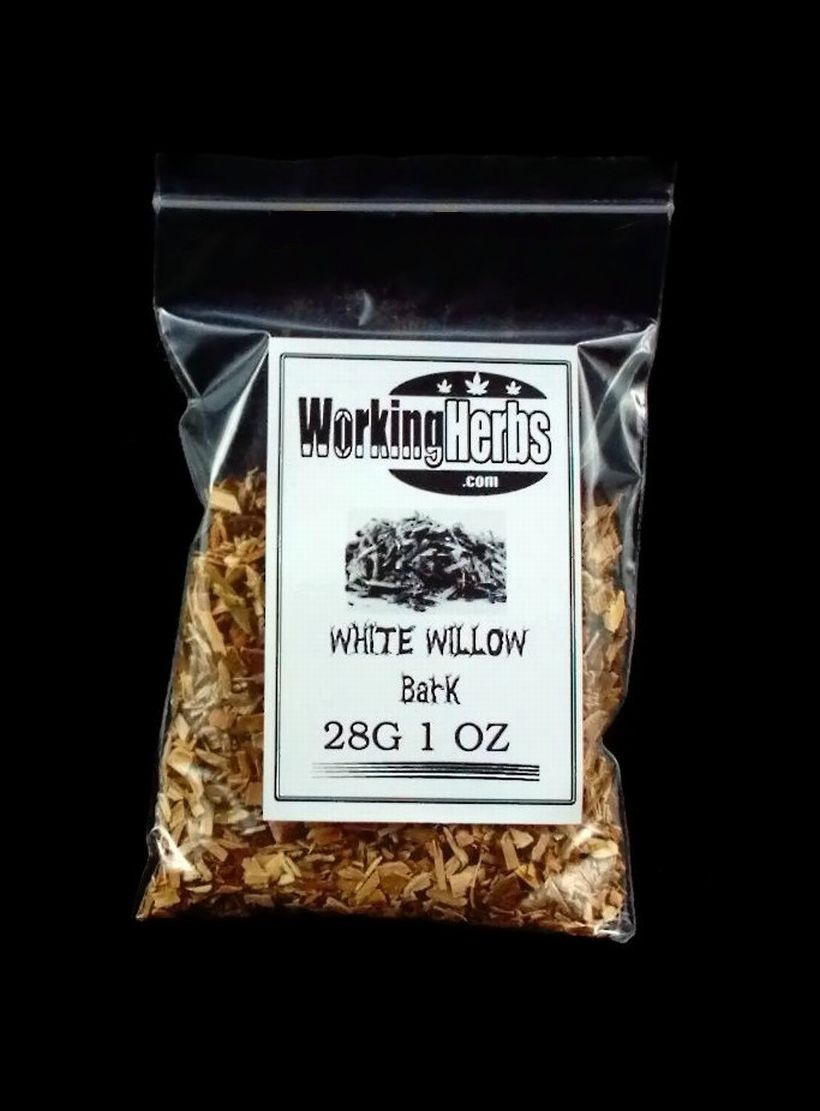 |
||
|
Description: The white willow tree grows in North America as far north as Nova Scotia and as far to the south east as Georgia. The active ingredient of the White willow bark is called salicin, after the Latin name for the White Willow (Salix alba). The inner bark of the white willow tree contains salicin. Salicin is converted in our bodies to salicylic acid. This conversion is what gives the white willow it's properties for pain relief and aid with cold and flues. White willow bark use can be documented back as far as 500 BC by Greeks,Egyptians and ancient Assyrian and also Native American healers in North America. White willow was later isolated to its crystalline form
in 1828 by Henri Leroux, a French pharmacist, and Raffaele Piria, an Italian
chemist, who then succeeded in separating out the acid in its pure state.
Salicin, like aspirin, is a chemical derivative of salicylic acid. The White
willow is therefore a more natural form of the isolated active ingredient of
aspirin which is acetylsalicylic acid ( ASA ).
Preparation:
our cut and sifted White willow bark can be used in a tea form
and is often blended with ginger, Peppermint and stevia to enhance the flavor
and work synergistically. Typically White willow is not as strong as the
isolated form of Asparin however the effects tend to last longer than aspirin. 1
- 2 cups of white willow tea is typically taken to help with pain and
inflammation.
This information has not been evaluated by the Food and
Drug Administration. This information is not intended to diagnose, treat, cure,
or prevent any disease.
|
||
|
|
||




